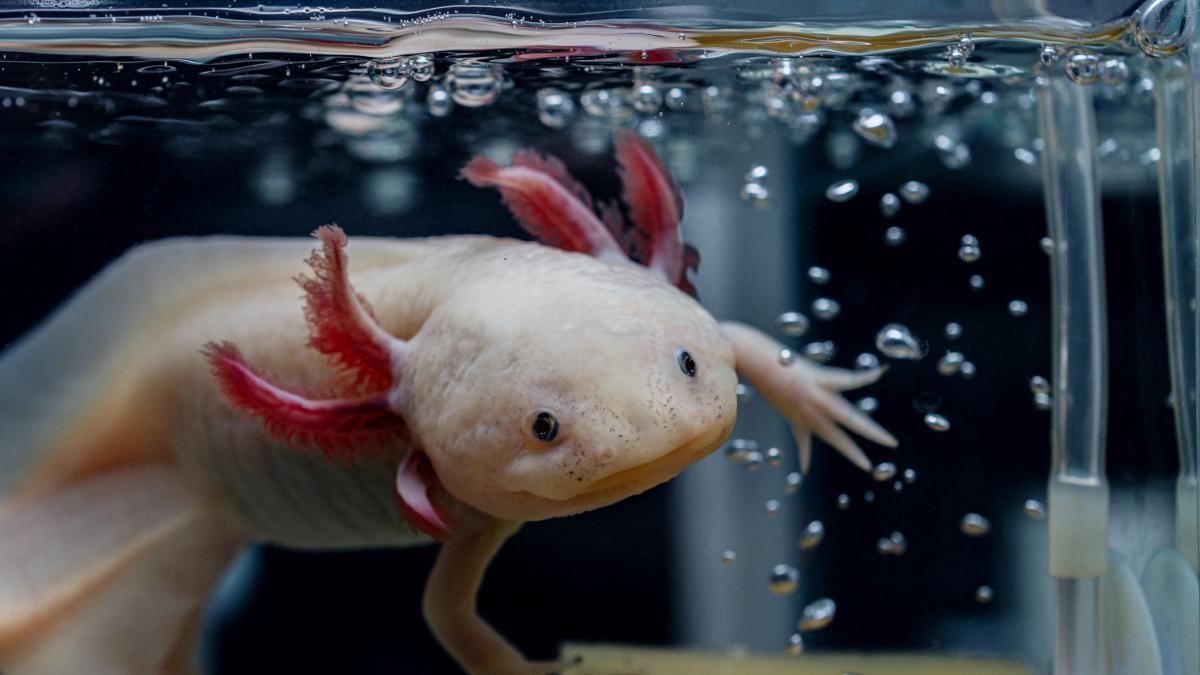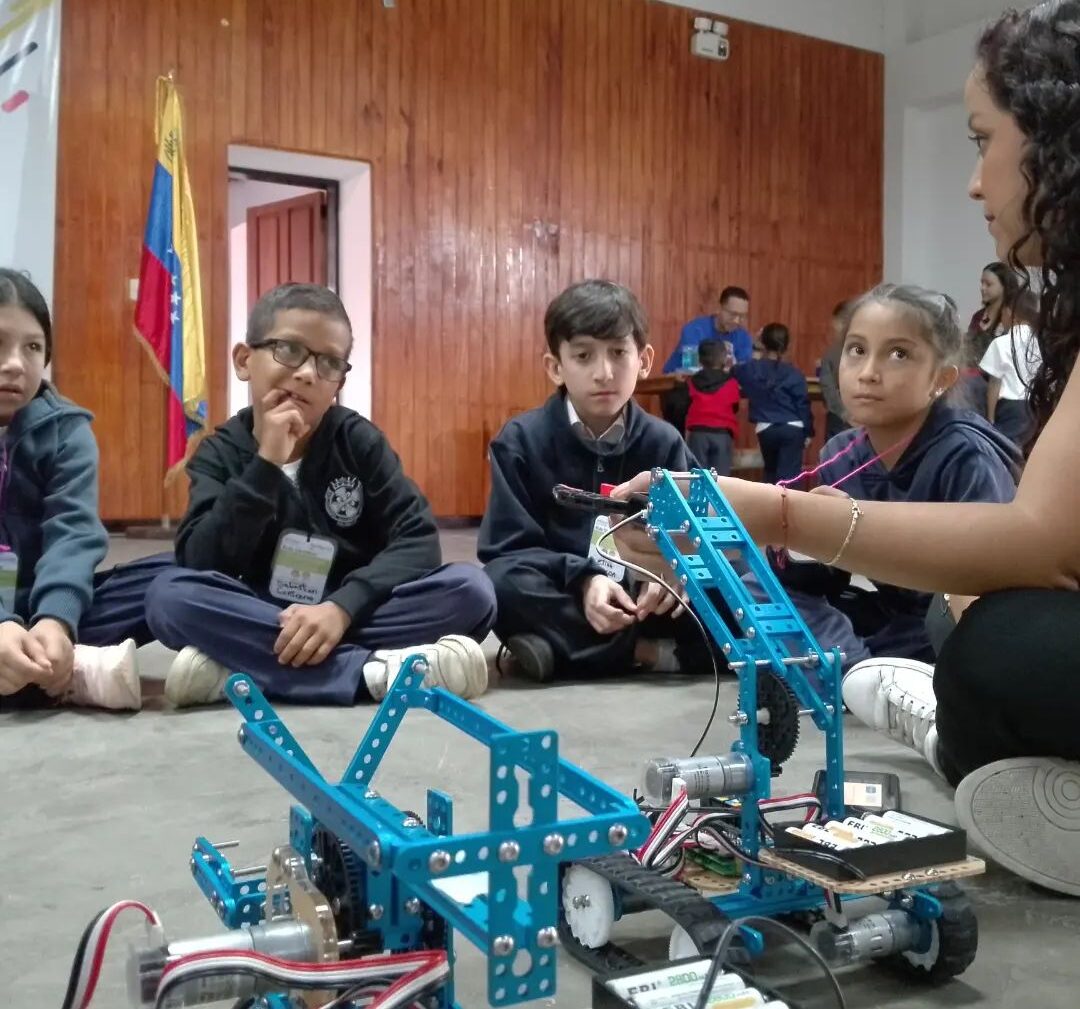Limb regeneration has always been one of the goals of scientists. Now it seems closer. A group of researchers published a study in the journal Nature Communications About sea urchins, which are small amphibians that live in Mexico and have the unique ability to regenerate their limbs and part of their tissues.
Scientists Federal Polytechnic School of Lausanne (EPFL), in Switzerland, and Technical University of Dresden, in Germany, claims to have discovered the regeneration mechanisms of sea urchins. These cells contain unspecialized pluripotent stem cells, allowing them to transform into any type of cell.
In order to determine what genetic differences allow these amphibians to regenerate their limbs, the researchers prepared complete lists of all the animal’s RNA molecules. In addition, they compared them with those found in humans, mice, frogs and chickens. The key is that sea urchins do not have a cascade of apical ectoderm, allowing embryos of most mammals to regulate limb development.
These Mexican animals have cells similar to apical ectoderm cells, but they divide into different cell types during the regeneration process. This discovery may allow scientists to explore new strategies in mammals and even humans.
However, despite their scientific value, sea urchins are in danger of extinction. This is due to the severe deterioration of its natural habitat, which is the lake areas of central Mexico.





